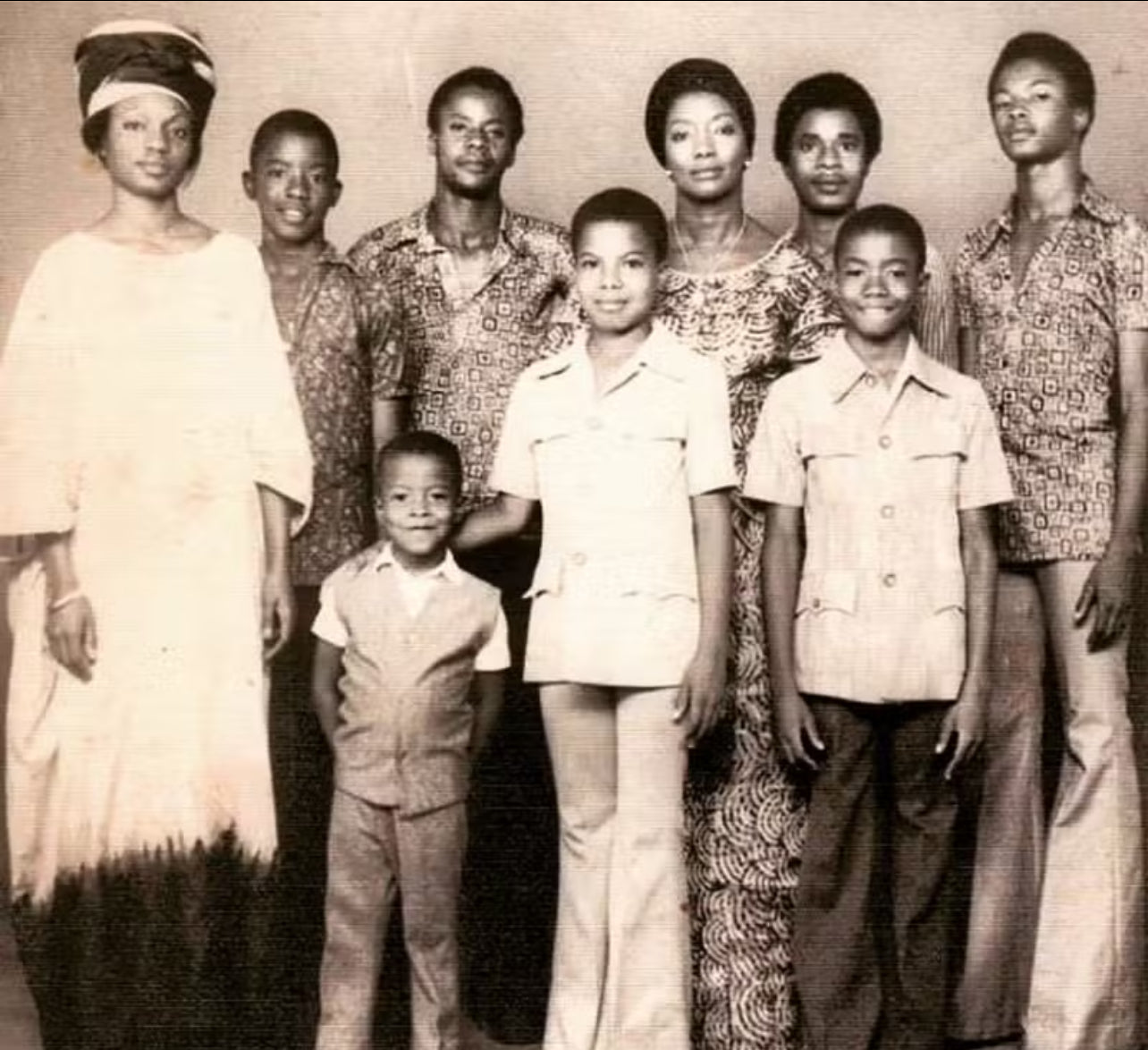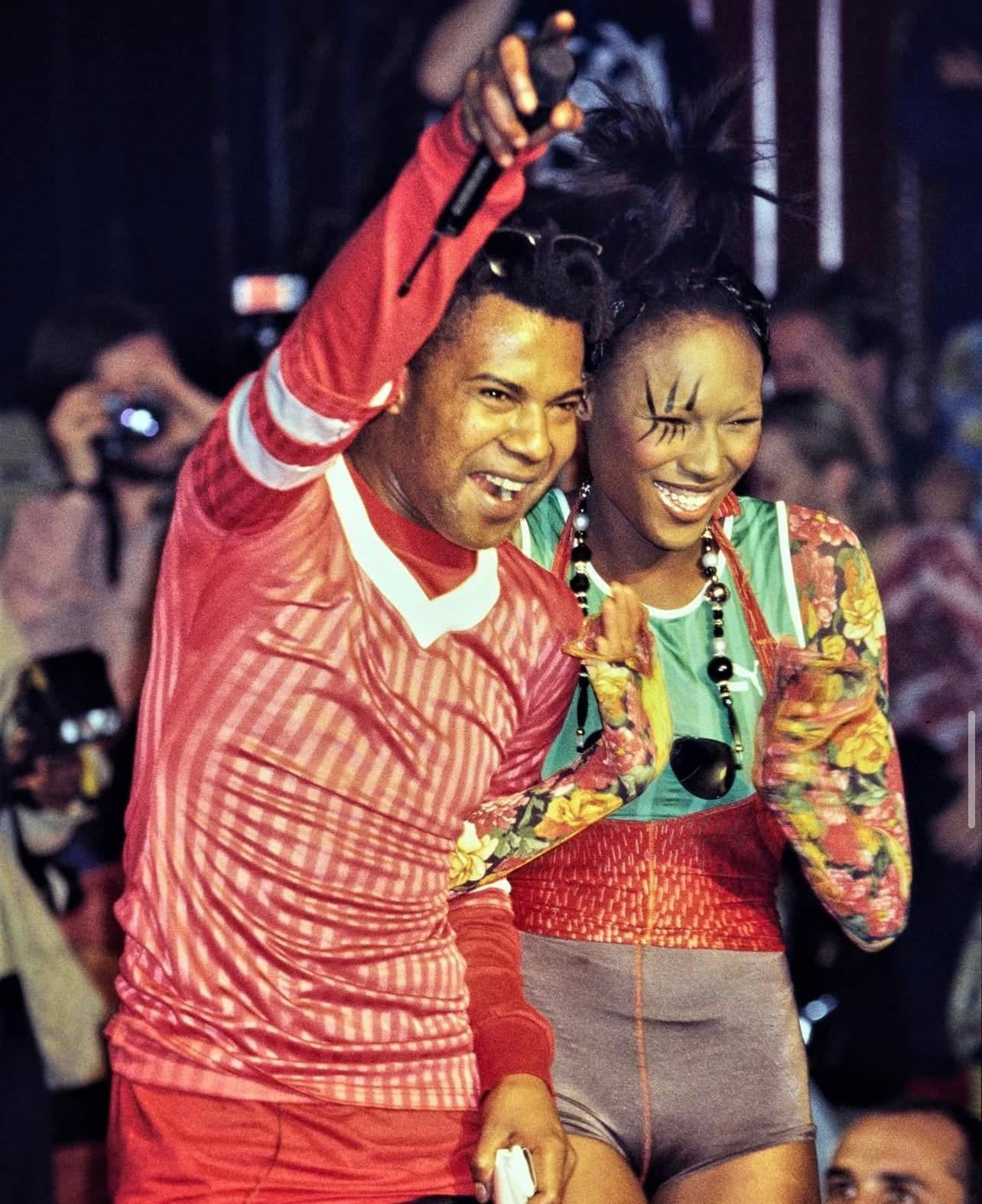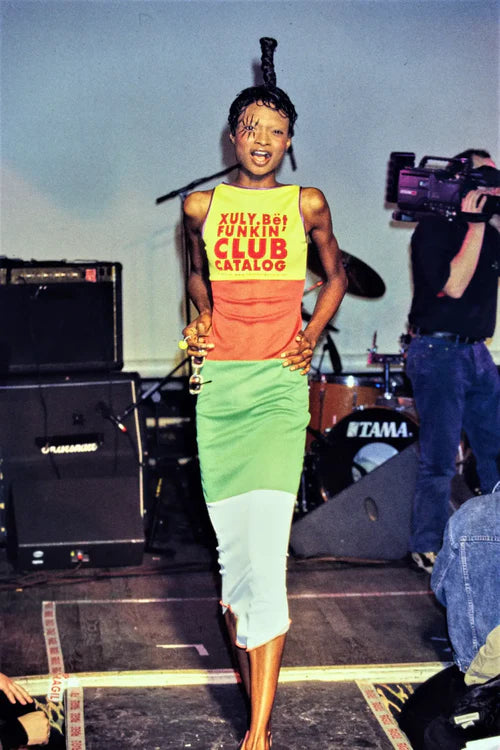
LAMINE BADIAN KOUYATÉ
Born in Bamako on December 28, 1962, his father, Seydou Badian Kouyaté, was a writer and politician, a defender of African rights. His mother, Dr. Henriette Kouyaté Carvalho d'Alvarenga, was one of the first Malian women to earn a doctorate in medicine in 1975. She dedicated her life to fighting against traditional genital mutilation.
Lamine Kouyaté left his hometown of Bamako, Mali, for France in 1986. He began by studying architecture at the École Nationale Supérieure d'Architecture de Strasbourg. Passionate about fashion (he often says he was amazed and inspired by Yves Saint Laurent, the first designer to put black models on his runways), he quickly turned to fabrics and textiles as a means of expression inspired by architecture. Initially working out of curiosity on the lightness of fabrics, he went on to create XULY.Bët at the Hôpital Éphémère, which was for a time a hub for artists and creatives in northern Paris.

Kouyaté's eye for upcycling clothing, his way of integrating African styles, as well as his eclectic culture, quickly made XULY.Bët a visionary and iconic fashion brand.
Lamine Badian Kouyaté received the "Designer of the Year" award from the New York Times in 1994, and the ANDAM award in 1996. In 1998, he dressed the 400 dancers for the inauguration of the Stade de France for the World Cup.
Above all, famous for his use of recycled fabrics and clothing, Lamine uses scraps and gives new life to found or worn garments, by cutting, printing, and sewing, and making modifications that range from subtle reshaping to the complete transformation of their initial function.
The concept of upcycling, in the 90s, did not yet exist. He then became a reference in the field of design and fashion. He is resolutely conscious, resolutely committed, resolutely inclusive.
"I can buy new fabrics, but I try to balance it out," he explains. "I really like the fashion industry, but it also needs to look at itself to see what it can do to improve because it can be very detrimental. I started recycling clothes because there are tons of them that end up in waste, you wonder where it's going, it's dramatic. Sometimes you arrive in places, you see mountains of clothes, it's mind-blowing. If we stopped producing there, we would have enough to dress ourselves until 3040!"

He turned to sportswear from the beginning of his career because "in terms of recycling, these are synthetic materials that are very difficult to biodegrade. And they offer performance, comfort, and therefore mobility, that you don't find in classic fabrics. I worked with jerseys, tracksuits, everything that was based on elastane, lycra."
In 1995, he was the first fashion designer to collaborate with a sportswear equipment brand, Puma.
